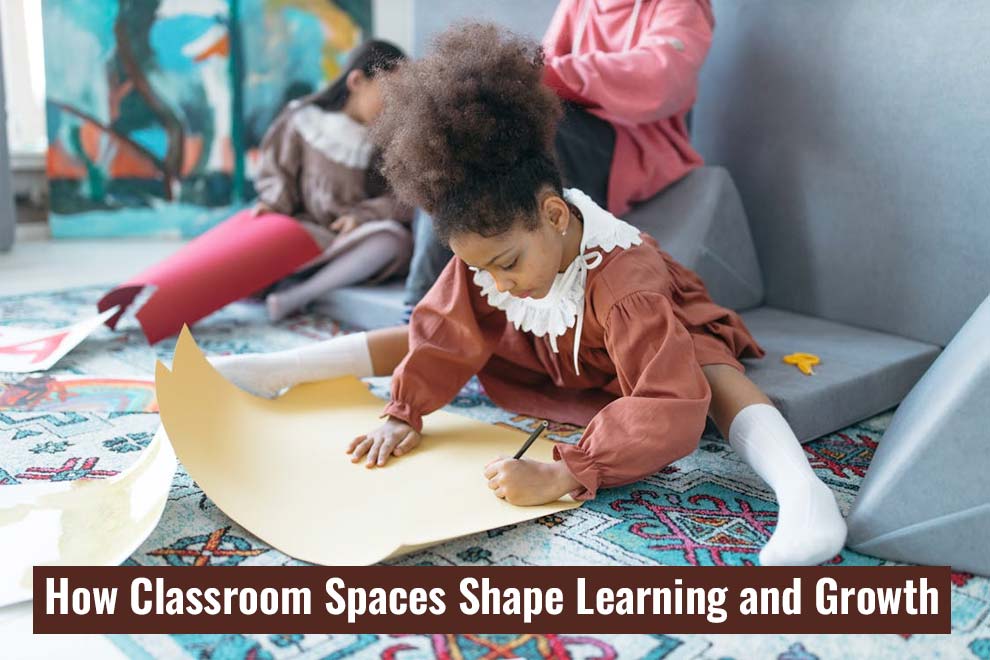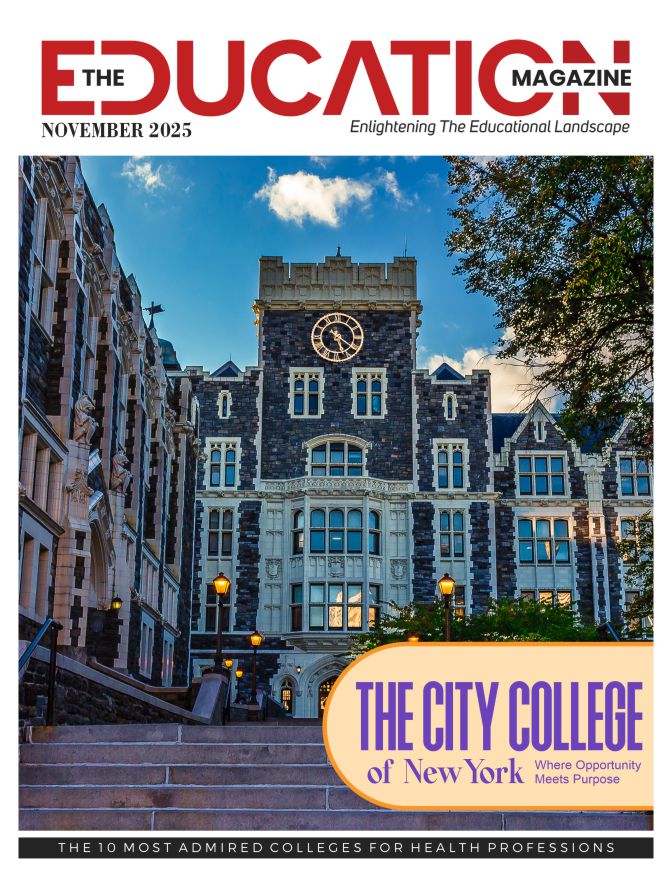The design of the classrooms may affect the experience of the children in the learning process.
Although the key elements that come into focus when considering the classroom are the teacher, textbook and technology in the classroom, the classroom design can be of importance as well.
Classroom rugs and other spaces of activity are one of the areas of unexpected efficiency in making the classroom interesting and stimulating.
These are not merely ornamental spaces that can be utilized to form a multidimensional learning environment for children.
Rugs and Comfort as a Foundation for Learning
Besides the chair ergonomics, there may be warmth and other classroom factors that constitute comfort.
Part of the comfort is the place where students are seated to engage in group activities like reading or group discussions.
As an example, children can sit on the floor and sit next to one another on a rug.
Certain classrooms have storytime, circle time, or lesson times when young children have to sit on the floor and which demand safety and comfort.
The classroom rugs that have been properly chosen will help children know the start and end of a learning area which will give them spatial information that they are doing something or are supposed to be focused.
Promoting Social Interaction and Collaboration
Socializing happens in the classroom through the use of carpeting and play areas. When working in companies, pairs, or circles, children tend to socialize with each other at the study room rug. Classroom rugs and hobby areas are not just physical comfort: they are social stimuli.
Children naturally gather around carpets or special areas, with or without some institutional physical exercises, teamwork, and group conversations.
This intimacy leads to better communication, teamwork and social interactions.
Indicatively, a child may be motivated to engage in sporting activities in the institution by having shapes of: numbers, colorful themes or attractive and better patterned pastel classroom rugs.
Booooom Jackson’s area carpet with a hopscotch pattern or alphabet squares can transform the acquaintance into an interactive game.
These designs ensure that cooperative study comes naturally and youngsters can learn to share, take turns, and fix things in a practical way.
Activating Cognitive and Creative Growth
Classroom mats and learning areas also have a role to play in provoking mental enhancement.
Rugs are colored brightly and decorated with patterns and educational motifs to attract the attention of children. Letters and maps, numbers and geometric patterned rugs give conceptual learning of cues that stiffen ideas being taught in style.
As an illustration, a carpet with a world map can ignite curiosity in geography, cultures, and the whole world.
Correspondingly, a rug with shapes and colours can be helpful in early mathematics and colouration popularity.
By merging educational material into the body setting, children learn continuously getting to know reinforcement, even in a stage of free play or unstructured sports activities.
Emotional and Inclusive Benefits
One of the factors that have been left out of classroom design is its influence on emotional well-being.
Carpets and rest areas form the corners where children can escape to have the time of self-regulation or to have some quiet time.
In the case of college students who might also be tense or crushed, perching on a soft, accurate rug area might be a relief and may give him a sense of safety.
These areas also facilitate inclusion. In the case of the classrooms containing college students with different abilities and learning styles, interest zones and carpets provide space in which all of the children can engage in activities with ease.
To ensure accessibility and involvement of all students to facilitate a fair learning environment, teachers can organize seating or studying tasks on rugs.
In addition, rugs and peaceful spaces can be utilized to conduct mindfulness and emotional regulation.
Vicinity can take on the shape of short breathing physical practices, directive meditation, or storytelling in reflection and can assist college students to manage stress and enhance resilience-skills, which are useful throughout their lives.
Fostering a Sense of Belonging and Community
The well-considered classroom space leads to the feeling of belonging and identity.
The thematic elements in combination with colors and patterns, make students feel at home by creating a space that is based on the classroom culture and school values and seasonal topics.
The feeling of belongings children have with their environment causes the children to have higher involvement with their school and greater participation in the processes and learning and optimistic views about education.
The space organization technique helps children to cognize their daily routine and facilitates their independence in learning since children are capable of locating certain areas where they can carry out certain activities.
Supporting Teachers in Classroom Management
There are two important aspects that make the learning environment management by teachers advantageous and they are rugs and interactive zones.
Visual aids that involve labeling of parts and colors and shapes on Booooom Jackson’s rugs help teachers to better manage the activities.
This allows students to be directed to certain areas to find a group discussion, storytelling, or game and this saves on the time of transition and keeps students entertained.
The rugs and playground created in the classrooms give them organized learning space that enables teachers to be in better control of their classes.
Tips for Designing Effective Learning Spaces
To achieve the best classroom environment, aesthetics, functionality, and education have to be balanced. Here are some tips:
Size and Layout:
The classroom area should be able to fit in the rugs as well as activity areas that should not be obstructed to allow free movements of the students.
Durability:
Use of materials that demonstrate the capacity to resist heavy pedestrian traffic and constant cleaning procedures.
Educational Value:
Include rugs or spaces with instructional elements like letters, numbers and themes.
Safety:
The floor surfaces should be slip resistant and the materials to be utilized should have no allergic reaction to the users.
Flexibility:
The modular structure of the rugs along with the movable classroom areas allow educators to design various learning areas to vary the methods of teaching and classroom activities.
Mindfulness and Calm Areas:
There must be special zones in the facility where students can learn stress relieving exercises and have time to relax in silence so that they can develop emotionally.
Conclusion
The classroom areas that include rugs and interaction areas are the learning resources that assist in academic maturity, social maturity, imaginative reasoning, and emotional well-being.
Teachers who design classrooms strategically can develop learning environments that combine both active participation and conducive environments that encourage children to learn and explore with and without each other.
Teachers build learning environments by choosing classroom design features that comprise colorful maps in teaching geography and interactive learning materials in the form of games and specific places where students can learn about mindfulness and stories.
This investment of money to such places will facilitate the development of children and their engagement in learning processes, emotional development and educational motivation.
Also Read: The Benefits of Using Eureka Math in the Classroom









